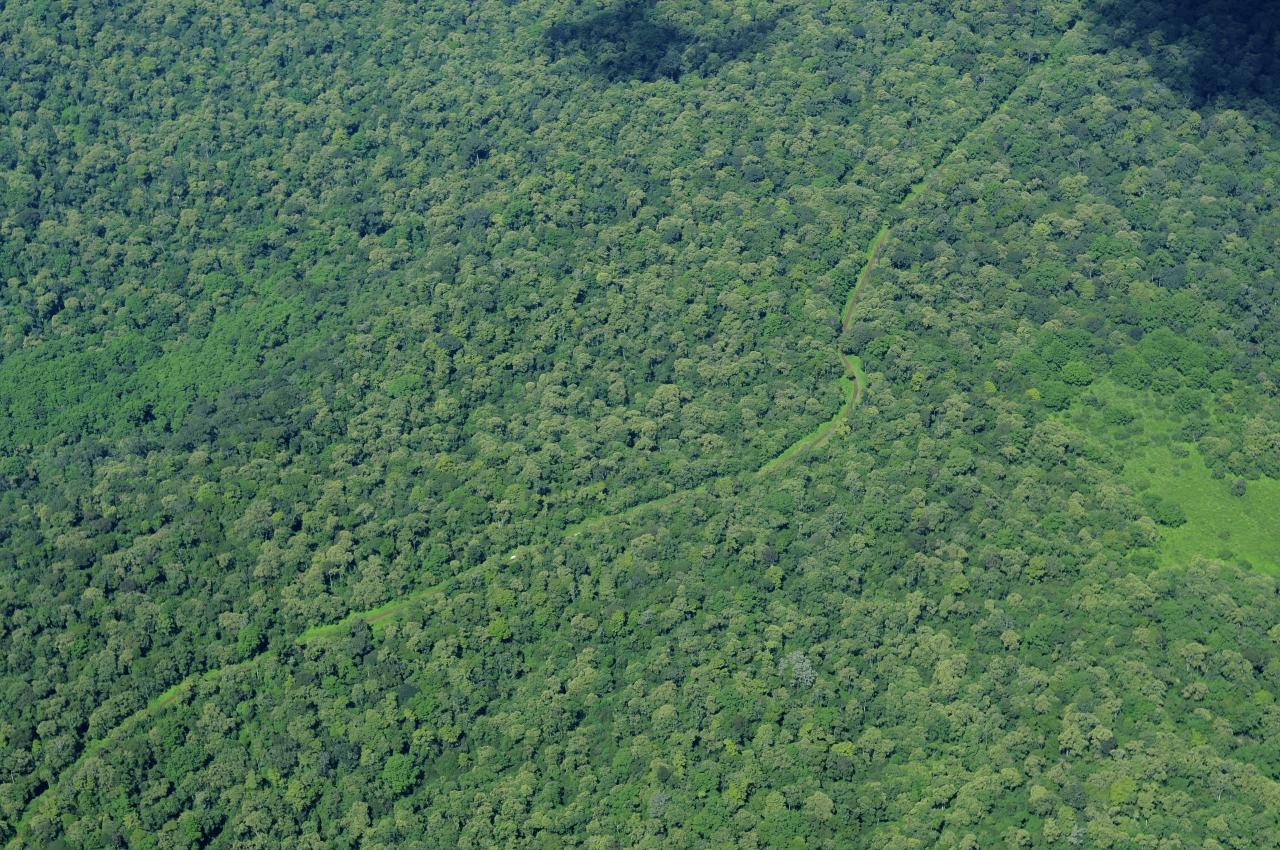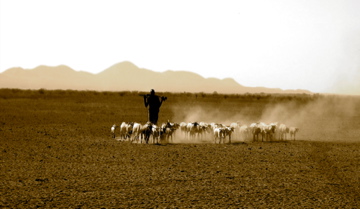See more information on Mitigate+ here.

By Louis Verchot
Seven years since the landmark Paris Agreement, 53 of 195 parties have so far submitted their long-term low greenhouse gas emission development strategies. Of these 53, less than a third come from low- and middle-income countries in Africa, Asia-Pacific and Latin America and the Caribbean.
The submission of those long-term strategies was mandated in Article 4 of the Paris Agreement. Paragraph 19 specifically states that “[a]ll Parties should strive to formulate and communicate long-term low greenhouse gas emission development strategies, mindful of Article 2 taking into account their common but differentiated responsibilities and respective capabilities, in the light of different national circumstances.”
The slow pace of the submission of long-term low greenhouse gas emission development strategies is not surprising. Lowering greenhouse gas emissions, also known as climate change mitigation, has been a touchy topic in climate talks, particularly among developing countries.
Some developing countries believe mitigation would compromise the production and availability of food to their populations and in turn slow economic development and poverty alleviation. This explains their preference for adaptation, that is, investing in mechanisms, whether that be ecological, social or economic, that will enable the countries to respond to the impacts of climate change.
It is indeed important that pursuing climate mitigation does not lead to food insecurity. An approach that combines science and governance makes it more than possible to address that tradeoff.
Climate mitigation is not about absolute zero emissions from production systems because that will never be possible so long as we need to eat. The aim is toward net zero emissions, which, in simple terms, means offsetting any emissions that our activities generate through reducing them to close as zero as possible and capturing the rest of the emissions via soil organic matter restoration, forests, and other nature-based mechanisms, such as agroforestry and the restoration of degraded land.
To pursue low-emission development, food system approaches that are based on scientific evidence are imperative. These approaches consider the challenges and opportunities of lowering emissions from food systems, which span the actors and activities in producing, processing, consuming and disposing of food and the social, economic, political and biophysical environments surrounding these actors and activities.
We at Mitigate+ are working to generate those approaches. We work closely with key actors in the target countries so that they are equipped with the knowledge, information and tools they need to make robust evidence-based decisions as they confront challenges in food system discourse, policy development and implementation to reduce greenhouse gas emissions.
At our session at the Food Pavilion at COP 27 in Egypt, we will delve into food systems approaches that can deliver low-emission climate-resilient development strategies. We will discuss continuing efforts to develop guidelines for African countries and the experiences of countries that have formulated and are executing such strategies.
All parties to the Paris Agreement have a responsibility to fulfill their commitments. Among them is developing and communicating about their long-term low greenhouse gas emission development strategies. Although no one can dispute who has historic responsibility for the climate disruptions we experience now, we cannot avoid the responsibility of preventing more, extreme climate events in the future.
Indeed, developed countries need to repair damage and take remedial action, but developing countries need to take proactive actions in their development pathways to make sure they do not create the same problem that we are trying to solve right now or do not exacerbate the problem. This is about their long-term sustainability because in the end climate change will undermine their development.
See more information on Mitigate+ here.
Photo credit: View of forestland in rural Kenya / Neil Palmer / Alliance of Bioversity-CIAT

To date, more than 20 organizations are registered as support providers to implement non-market appr…
Read more
Bangkok, Thailand - The ASEAN-CGIAR Innovate for Food and Nutrition Security Regional Program recent…
Read more
New research highlighted in CABI Reviews suggests that all five subregions of Africa will breach…
Read more